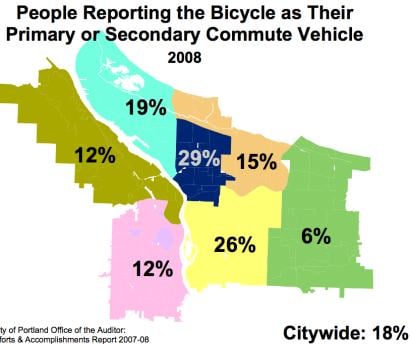
Annual
Event to Raise Funds for Autism Research 
BALTIMORE,
MD – This year, families
throughout the region will once again come together to “ROAR”
for the millions of children with autism who cannot. Celebrating its
5th
anniversary, Kennedy Krieger Institute’s annual fundraiser ROAR
for Autism will be held on
Saturday, April 25 at
Oregon Ridge Park.
Following a successful 2008 fundraiser that featured over 1,000
participants, once again teams of families and friends will
participate in the activity-filled event that helps raise critically
needed funds for autism research. Autism, a complex, life-altering,
developmental disorder, affects 1 in every 150 children.
ROAR
for Autism will feature events
and activities for every member of the family including challenging
50- and 25- mile rides, a 10-mile ride for recreational bikers, a
5-mile ride designed for beginner cyclists, and a kid’s youth
fun ride. For those who prefer to stay off the road and in the
woods, hiking trails at Oregon Ridge will be open with guides
available to lead tours. In addition to the hiking and biking
activities, there will also be a family fun festival including face
painting, children’s entertainment, and the popular Wegman’s
Wellness Village featuring healthy food for all families including
those with children on special autism diets.
With
last year marking the successful introduction of the online team
fundraising component, participants can once again go online to
register, join a fundraising team, and to build a personal
fundraising page to raise money from supporters. Additionally,
“Snore for ROAR” is an option again this year for those
individuals who can’t quite get out of bed that early but want
to make their voice heard and “ROAR” for autism research.
For more information about ROAR, or to register, visit
www.ROAR.kennedykrieger.org
or call 443-923-7300.
All
cyclists and hikers can register either solo or as a team. Rest
stops and bike repair services will be available along the bike
routes.
Continue Reading
Rating: 0.00/5 (0 votes cast)


